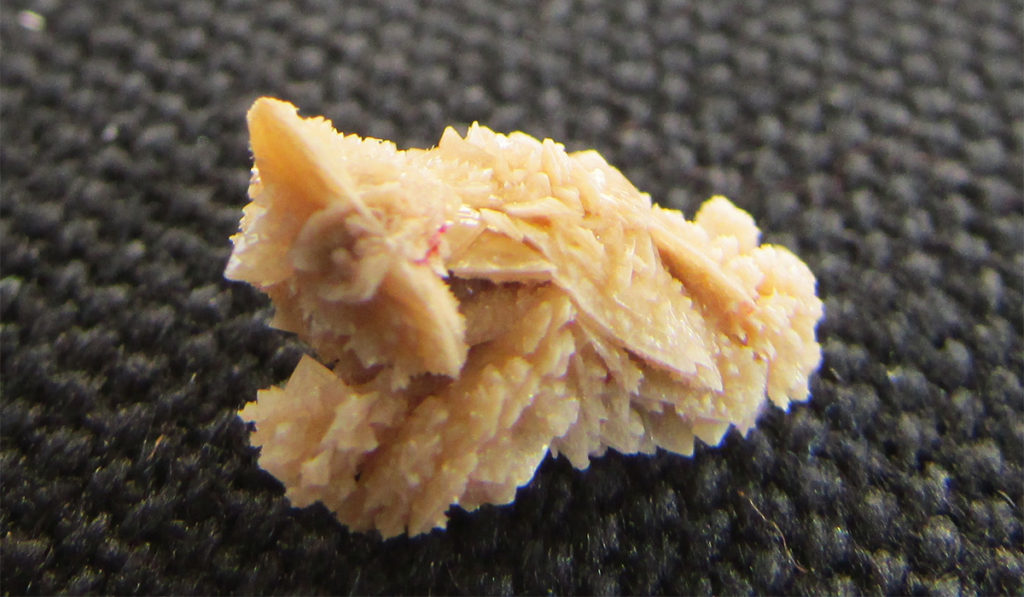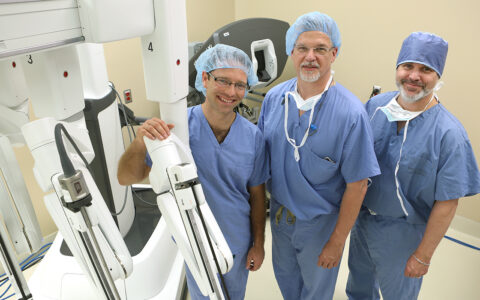A study in the Journal of Endourology by researchers at Vanderbilt University Medical Center demonstrates that an perioperative enhanced recovery pathway can minimize opioid use for patients undergoing ureteroscopic stone treatment with stent placement.
Urinary stone disease is characterized by episodes of intense pain, which has conventionally been managed with opioid medications. Many patients who choose to undergo ureteroscopic surgery have been prescribed opiates before surgery, often by multiple providers, wrote the researchers.
“Routinely, we have given patients a substantial amount of opioids as a method of controlling the pain of urinary stone disease,” said Nicole Miller, M.D., an associate professor of urology at Vanderbilt and senior author on the study. “The fear was that if we didn’t give them opioids, they would end up back in the [emergency room] with severe consequences.”
Identifying Risk Factors
In a previous study, Miller and colleagues looked at risk factors for opioid dependence among urinary stone “formers” and prescribing rates. They found a history of stone disease, psychiatric disorders, and preoperative opiate exposure – including the number of prescriptions, days prescribed, and unique providers – predicted future persistent use.
“Based on these data, we wanted to find out if an enhanced recovery protocol for ureteroscopy would minimize opioid use throughout the disease episode without impacting the quality of life,” Miller said.
Reducing Narcotics at Every Phase
This enhanced recovery pathway, developed by Miller and urology colleagues in collaboration with Matt McEvoy, M.D. and other Vanderbilt anesthesiologists, comprised a comprehensive care pathway that spanned the entire perioperative period, targeted complete opioid avoidance and collected outcomes.
The protocol called for the preoperative holding area to be narcotic free, utilizing gabapentin and acetaminophen, Miller said. “This comes from the colorectal literature and has been shown to benefit those patients.”
In the intraoperative setting, the team revised anesthesia protocols, standardized the size of the ureteral stent, and utilized ketorolac, an anti-inflammatory medication Miller notes is known to be effective for the treatment of pain in kidney stone patients. The post-operative regimen was narcotic-free: employing ibuprofen and acetaminophen (alternating), tamsulosin, and an anticholinergic.
Traditional Management vs. Enhanced Recovery Pathways
The new study followed 28 patients undergoing ureteroscopic stone treatment with stent placement before the enhanced recovery protocol, and 52 after its implementation. Before the implementation of the protocol, there was a lead-in period for patients managed conventionally with opioids.
“What makes our study unique is that we were testing the protocol prospectively, and we included a quality-of-life instrument that gathered patient-reported outcomes,” Miller said. “We looked at not only what we were sending patients home with, but how they perceived their pain.”
“We looked at not only what we were sending patients home with, but how they perceived their pain.”
Implementation of the protocol resulted in a significant reduction in perioperative opioids, a total reduction in discharge opioid prescriptions, and ∼90 percent reduction in total 30-day postoperative opioid prescribing, with no adverse effects on recovery or increase in postoperative clinical encounters.
Miller noted that significant time was spent on education. “Many of these patients were not narcotic naïve before they had the surgery; we let them know there was a plan in place if the protocol wasn’t managing their pain.”
Advancing Enhanced Recovery pathways
The team plans to do a one-year repeat analysis to determine how well they are adhering to the protocol and if any refinements are needed. “The hard part about any enhanced recovery protocol is that you can’t really tell what’s making the difference,” Miller explained.
“There are multiples steps; you have to evaluate the different portions to truly understand what’s effective.”Miller says the next phase of the research is to review prescribing data to determine whether ureteroscopy should be performed sooner on some patients. “There should be a trigger point where we say, ‘OK, you’ve consumed too many narcotics, maybe now is the time to do surgery.’”





